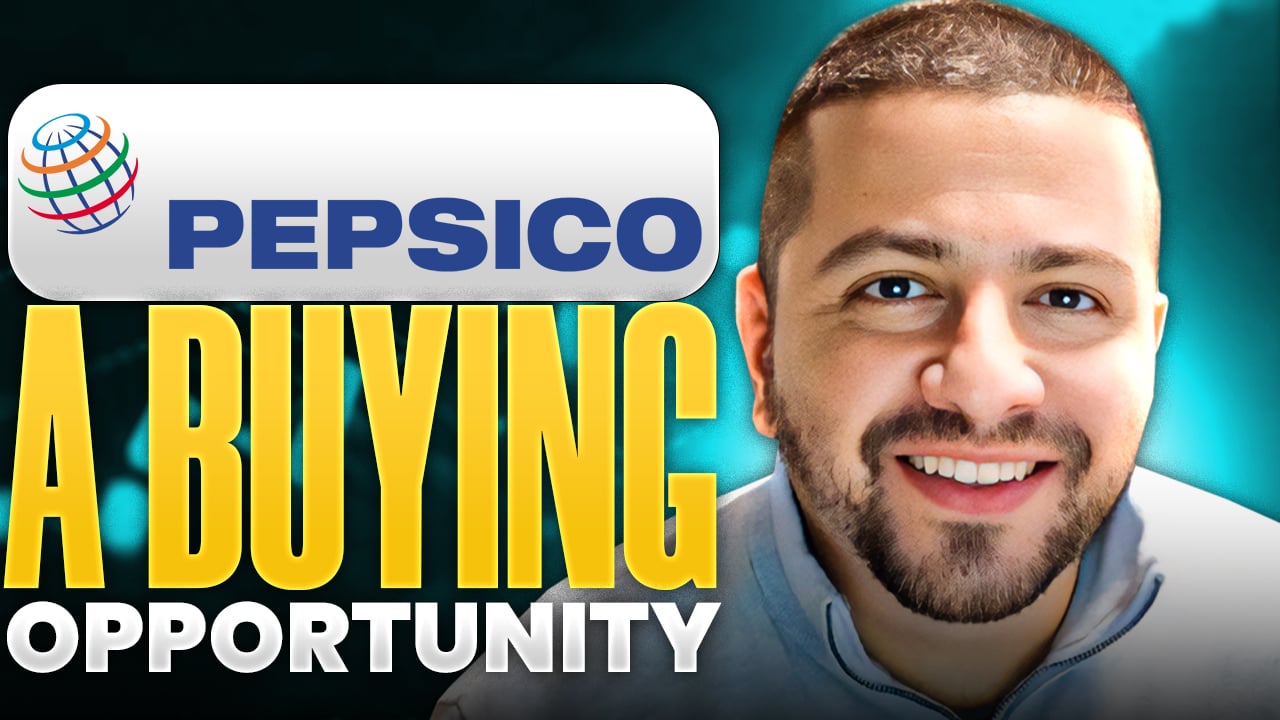PepsiCo (PEP +0.09%) has satisfied consumers' bellies for more than a century. But recently, the company has left shareholders craving more. With its increased competition and loss of market share, many investors wonder if this global snack food and beverage giant is simply fizzling out. Are more bland results ahead for PepsiCo?
Below is an excerpt from our brand-new premium research report that highlights an overview of PepsiCo. It's just a taste of one section, but we hope you find it useful.
Size and strength of brand power
The size and strength of PepsiCo's brands give it a weighty competitive advantage. PepsiCo boasts 22 brands each generating more than $1 billion in sales, having doubled its number of billion-dollar brands in the past 11 years. Consultancy firm Interbrand publishes an annual survey bestowing top honors to the best global brands; the report uses a formula assigning brand names a monetary value. Since the ranking's inception in 2001, PepsiCo has climbed from No. 44 to No. 22 on the list. In 2011, PepsiCo's brand value jumped 8%, the biggest increase of any global beverage brand.
Diverse and complementary products
PepsiCo has done a commendable job growing the breadth of its beverage portfolio toward the faster-growing noncarbonated beverage market, renovating its beverage lineup to include healthier alternatives like juices, waters, and sports drinks. In addition to its traditional Pepsi, Diet Pepsi, Pepsi Max, 7UP, Mountain Dew, and Sierra Mist offerings, the company now sells Tropicana, Naked juices, Gatorade, SoBe, and Aquafina. The main drivers for PepsiCo's beverages in the U.S. are its noncarbonated drinks.
But PepsiCo's real dominance is in its often-overlooked status as a leading snack food maker. Its robust portfolio includes potato, tortilla, and corn chips under Lay's, Ruffles, Doritos, Tostitos, Cheetos, Fritos, and SunChips brands. It also includes Stacy's Pita Chips, Quaker Oats, Aunt Jemima mixes and syrups, Cap'n Crunch and Life cereals, and Rice-A-Roni, Pasta Roni, and Near East side dishes.
PepsiCo aims "to capitalize on the coincidence of consumption of snacks and beverages". According to the company, 50% of the time a U.S. consumer buys a salty snack, they also purchase a refreshing beverage. PepsiCo has the ability to capture enormous cross-selling opportunities. As such, the company is in the process of implementing a multiyear productivity program to strengthen these two complementary businesses.
The company also plans to grow revenues for its Global Nutrition division, which includes Gatorade, Tropicana, and Quaker brands -- acquired by PepsiCo in 2000 -- more than 230% by 2020. Gatorade exhibited healthy double-digit growth for the company last year. To fit into the health-conscious, convenient-snacking trend, PepsiCo is launching yogurt and dairy products in the U.S., with production expected to top 5 billion cups of yogurt annually.
Focus on shareholder returns
PepsiCo generates solid cash flows, which are used to reinvest in business operations or augment shareholder returns. PepsiCo currently pays out 55% of its earnings as a dividend to its shareholders. The company rewards shareholders with a 3% dividend yield that it's increased for 40 consecutive years.
Looking for more info?
That was just a small morsel of our new premium report on PepsiCo. If you're trying to figure out whether the company is a buy or a sell, this brand-new premium report is an indispensable resource for investors seeking more information. Also, the report comes with updated quarterly guidance so you'll stay in the know. To get started, simply click here.






